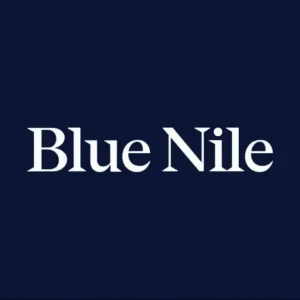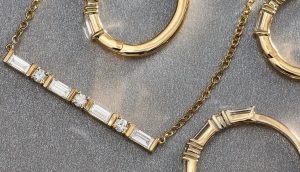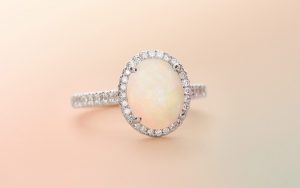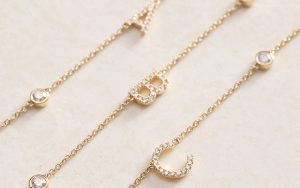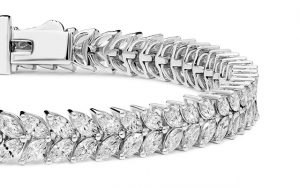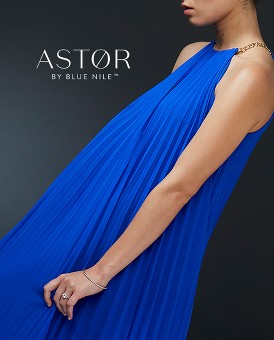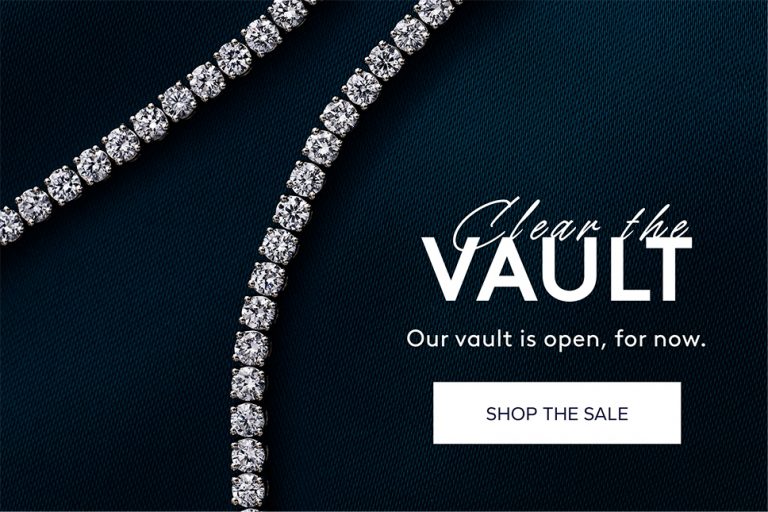8 Budget-Friendly Diamond Buying Tips
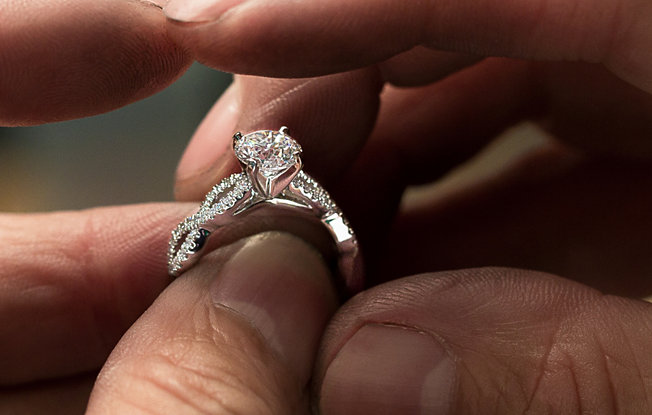
We absolutely believe you can spend less for a better diamond. Set a budget that works for you. Do your homework. And keep the following important diamond buying tips in mind.
Try Halo
If your budget is more suited for a smaller diamond, choosing a halo setting (small diamonds around the center stone) is a great way to make the stone appear larger.
Step-cut, Explained
Step-cut diamonds, such as emerald and Asscher, are designed with rectangular facets that emphasize clarity over brilliance. We recommend purchasing a step cut diamond with a clarity grade of VS1 or better to ensure the inclusions, or microscopic imperfections, are less visible.
Consider Fancy Shapes
Emerald, princess, cushion, and heart shapes are generally less expensive than a round cut of the same carat weight and sometimes even appear larger.
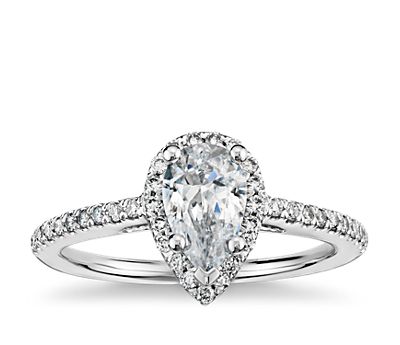
Get the Most Out of Carat Weight
Consider a diamond slightly below a whole number carat weight, a .97-carat rather than a 1-carat, for example. The size difference is imperceptible, but your savings can be significant.
Color Clues
The visible difference between color grades, from G to H or I to J for example, is very minor and difficult to detect with the naked eye. Your savings, however, can be significant.
The Question of Clarity
Most clarity characteristics, or inclusions, are impossible to see without magnification. Consider an average clarity grade, such as SI, to stay within your budget. After all, no one will know what your diamond’s clarity grade is unless you tell.
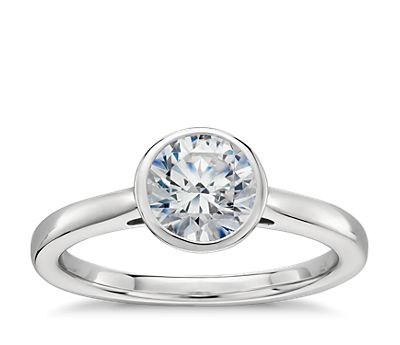
Eye-Clean, Defined
A diamond is considered eye-clean when no inclusions are visible when viewed 6-12 inches from the face, using 20/20 vision, in daylight. Most SI quality diamonds are eye-clean to the layperson. Select VS2 or higher to appease a more discriminating eye.
Deciphering Fluorescence
Some diamonds emit a soft blue or yellow glow under ultraviolet light—a phenomena known as fluorescence. In strong sunlight, some very fluorescent diamonds have a slight sheen to them and tend to be priced lower than diamonds with weak or no fluorescence.
Sometimes, when an I or J color diamond shows blue fluorescence, it helps mask any yellow color in the diamond, balancing out the tone and creating more value in a lesser priced gemstone.
